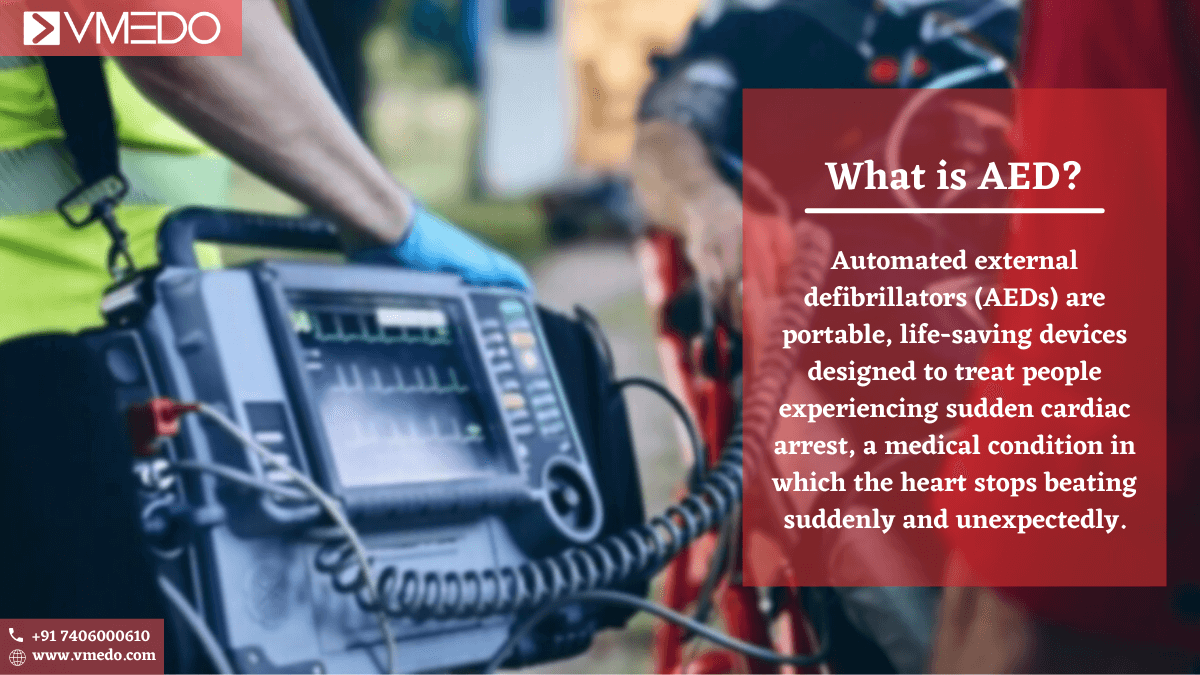What kind of emergencies can we expect in Workplaces
We can expect all kinds of emergencies based on the kind of work that goes on in your organization. But considering an office and not a factory floor we can expect the following medical emergencies
- Cardiac arrests
- Heart attacks
- Electric and Fire accidents
- Other medical emergencies
What is a cardiac arrest?
Sudden cardiac arrest is the abrupt loss of heart function, breathing, and consciousness. The condition usually results from a problem with your heart’s electrical system, which disrupts your heart’s pumping action and stops blood flow to your body.
The main symptom is loss of consciousness and unresponsiveness.
Risk of cardiac arrests in the workplace
There’s a real risk of cardiac arrest in general, especially due to the sedentary lifestyle adopted by office workers. India reports more than 10 lakh cases of cardiac arrests in a year. Read this article to know more.
Most of the cardiac cases reported are of people who have had problems with obesity and chronic illnesses such as High blood pressure or Diabetes. All kinds of people are at risk when it comes to cardiac arrests.
Considering the number of youngsters like Puneeth Rajkumar, Chiranjeevi Sarja, Sidharth Shukla, and many others, losing their lives to heart related issues, it is high time workplaces take the safety of their employees more seriously.
How do we deal with cardiac arrests in the workplace?
The first and foremost thing when it comes to cardiac arrests is CPR or Cardiopulmonary Resuscitation.
Cardiopulmonary resuscitation (CPR) is a lifesaving technique that’s useful in many emergencies, such as a heart attack or near drowning, in which someone’s breathing or heartbeat has stopped. The American Heart Association recommends starting CPR with hard and fast chest compressions.
Read more about how CPR helps you save lives at your workplace.
An Automatic External Defibrillator or AED is a device used to synchronize the heart rhythm or even restart the heart after cardiac arrests.
AEDs are important because they strengthen the Chain of Survival. They can restore a normal heart rhythm in victims of sudden cardiac arrest. New, portable AEDs enable more people to respond to a medical emergency that requires defibrillation.
Why should you install an AED in the workplace?
- It can be an effective first aid procedure : If the Ambulance doesn’t arrive quickly AED can restart the heart of a victim who has suffered a sudden cardiac arrest on the property.
- Cardiac arrests can happen any time : Sudden cardiac arrests are indeed sudden which means there’s no way to see it happening hours earlier. Having AEDs helps your employees deal with it better.
- Most cardiac arrest deaths happen outside hospitals : Most deaths due to cardiac arrest happen when the patient is outside the hospital. This means that having proper equipment nearby would prevent deaths.
- The work environment can increase risk of a heart attack : Stress can increase the risk a heart attack, and so a work environment wherein an employee or a customer can experience elevated levels of stress will find the need to have an AED in the property
- Survival rate diminishes with every minute : Did you know that for every minute without first aid, a patient’s survival rate goes down by 10%. This means that if professional medical help is 5 minutes away, their survival rate will go down to 50% by the time help arrives.

How to operate an AED?
The 4 universal steps of AED operation are as follows:
Step 1: POWER ON the AED. The first step in operating an AED is to turn the power on. …
Step 2: Attach electrode pads
Step 3: Analyze the rhythm
Step 4: Clear the victim and press the SHOCK button.
Here’s a video from VMEDO which shows how to use AED.
Where can I buy AED?
Buying an AED can seem like a daunting task, there are hundreds of AEDs with many specifications. Choosing the right one for your environment requires deep knowledge of medical devices. Read this article to choose the right AED for your workplace, Or let us at VMEDO help you choose the right AED at the right price range Call +917406000610

